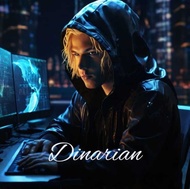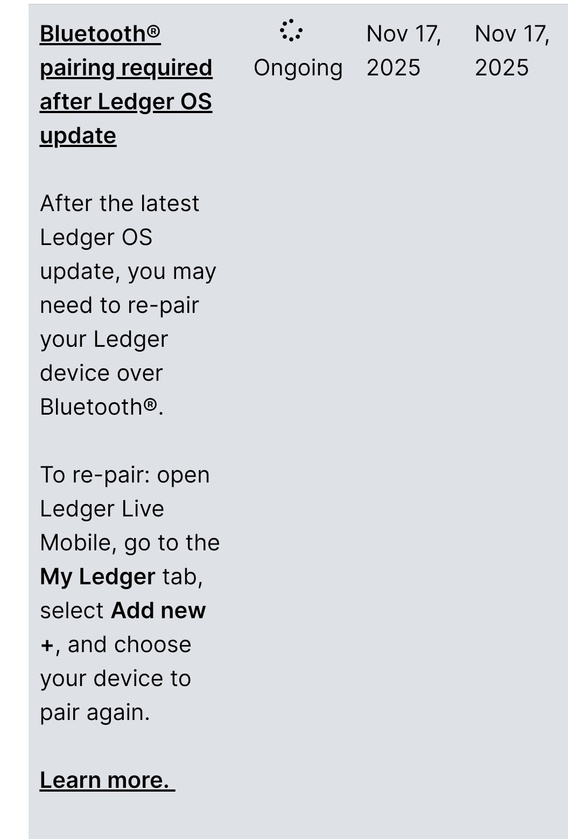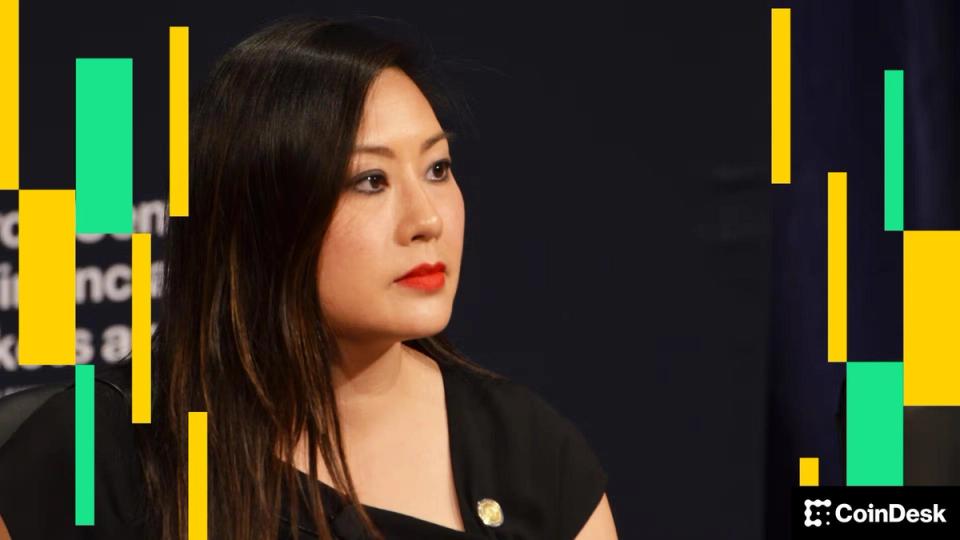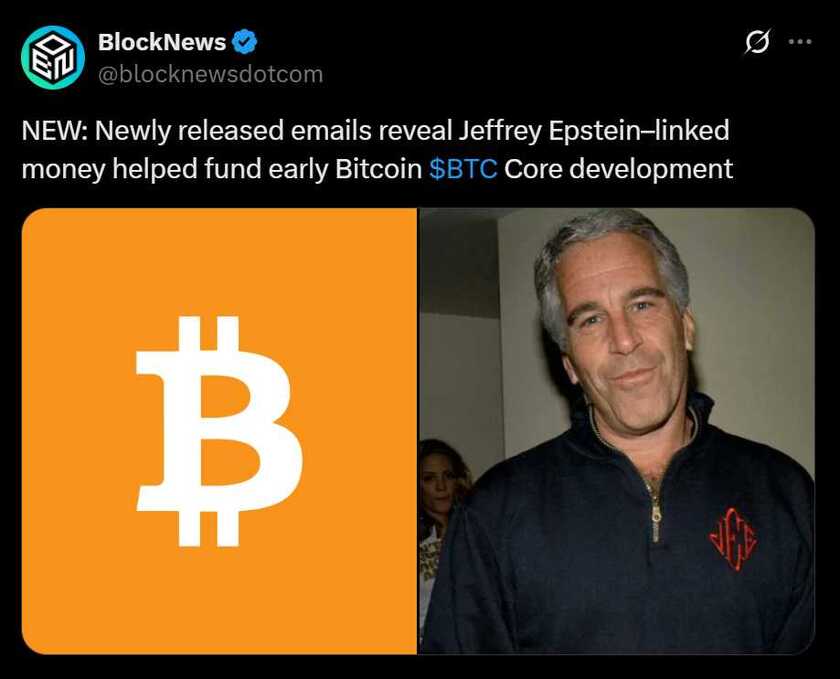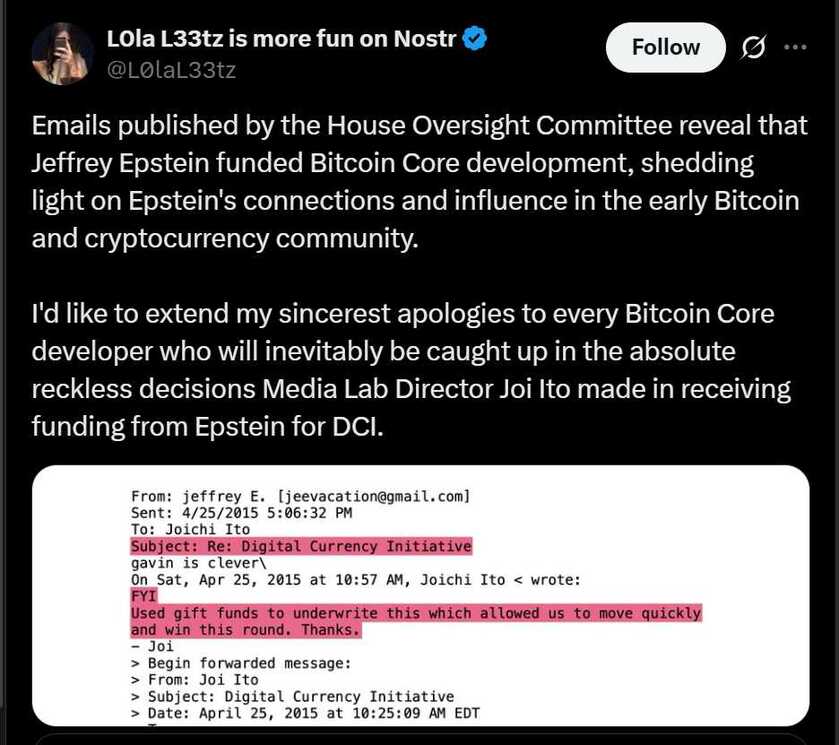TerraClassicUSD (USTC) has surged in the last 24 hours following the release of the long-awaited USTC re-peg proposal by Terra Classic core developer Tobias Andersen AKA Zaradar, on Sunday.
At press time, the defunct USD stablecoin, which collapsed in May, is up 13.49% in the last 24 hours, trading at $0.03311, still far from the dollar mark. Notably, the token’s market cap has also grown by over 14%, adding about $50 million, while the trading volume has surged by over 700%, now at about $76.7 million.
Zaradar’s USTC Re-Peg Proposal
The USTC re-peg proposal by Zaradar is finally here. Notably, the core developer has opted to follow the path of Quantitative Tightening in his proposal to see the defunct stablecoin recover its dollar peg.
In addition to tax burns and increased interest rates on staking rewards, the developer proposes to recapitalize USTC by adding new features like “partitioned pools” and eventually re-enabling swaps with improved safeguards against volatility. These partitioned pools will allow startups on the network to issue new tokens to be used for commercial activity in the pool.
Notably, these pools are capitalized with Terra Luna Classic (LUNC), while bi-directional swaps with USTC will enable these “commodity tokens” to exit the pool. It bears mentioning that some details are not clear in the proposal. For example, the author often notes that a host of features will need to be implemented to allow for network growth, ensure economic stability, allow for better capital controls, etc., to attract the needed capital. However, these new features are not stated.
Zaradar has said more details will be given in follow-up interviews, even as the community looks at hosting an Ask Me Anything (AMA) session.
Responses To The Proposal
Notably, Vegas, one of the most influential voices in the Terra Classic community and one of its developers, has thrown his weight fully behind the proposal by Zaradar. According to the developer, the plan by Zaradar does not sacrifice the LUNC community.
Meanwhile, Alex Forshaw, the author of a competing re-peg proposal that faced a lot of resistance within the community for initially wanting to mint more LUNC, noted that Zaradar had allowed him to comment on the proposal. According to Forshaw, some things remain vague. However, the developer believes Zaradar should be allowed to shed more light on these things in follow-up interviews.
On the other hand, Classy Crypto, one of the community’s biggest influencers, described it as the best re-peg proposal he has read.
It bears mentioning that last week, Forshaw and Zaradar were engaged in a heated online debate over whether or not it was justified to mint more LUNC to re-peg USTC.
